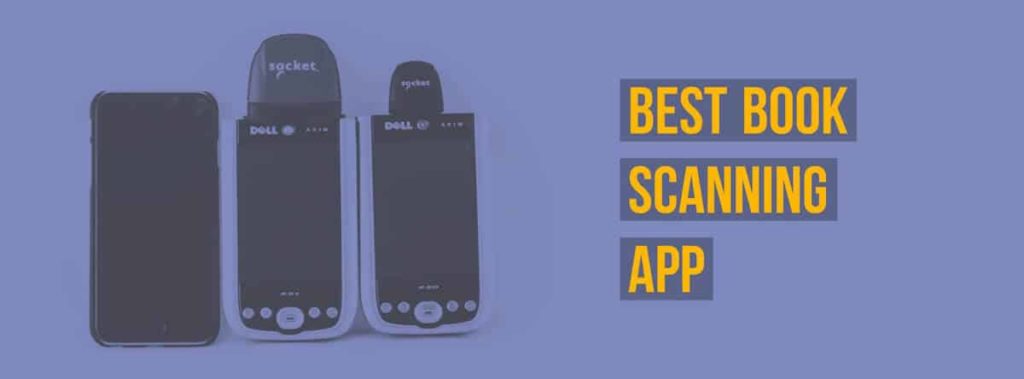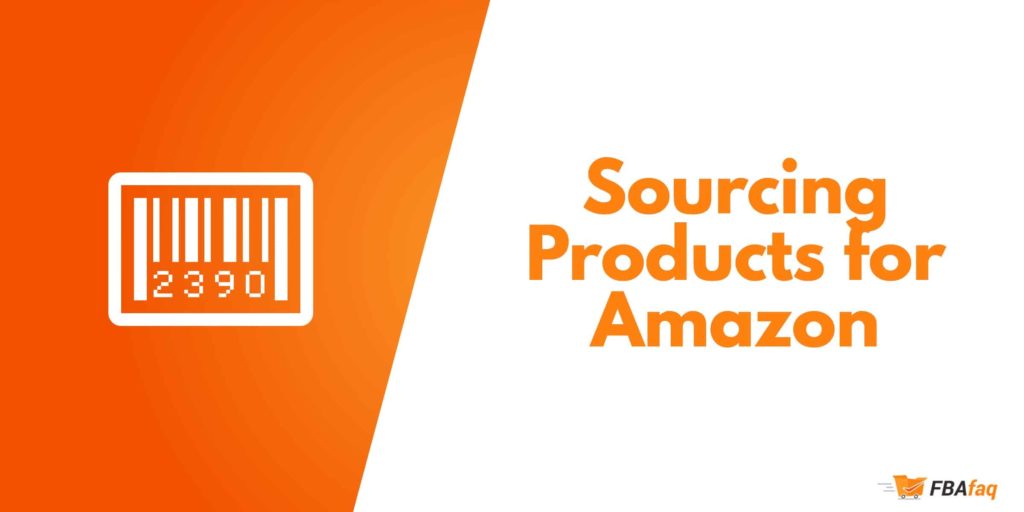If you want to become an Amazon seller, you’re going to need something to sell. That much is obvious. What’s not so obvious is where to obtain those products.
The fact is that you have dozens of options, and the one you choose should be the one that makes the most sense for your business model and, more importantly, your bottom line.
Buying inventory up front is a big investment, so you’ll want to get it right the first time. Here are some of your best choices:
1. Wholesale
One of the first sources for products that comes to mind is probably wholesale. Buying a large quantity of items at a discounted rate to resell sounds like a great idea.
And, generally, the more you buy from a specific manufacturer or other source, the better the discount they’re likely to give. There aren’t too many problems to run into here.
Just be careful when selling name brands, as many of the most popular ones only allow authorized businesses to sell their products, and Amazon does stay on top of this information.
You’ll also want to make sure you’ve done your research before buying 1,000 of the same item. If it doesn’t sell at all, you’re out plenty of money and stuck with, well, 1,000 of the same item.
2. Retail Arbitrage

Another popular option with some sellers is retail arbitrage — both online and in brick and mortar stores. Basically, this means going to your favorite stores, like Target and Walmart, and seeing what’s on clearance, on closeout, or marked down.
It may be seasonal items or something the store no longer carries or ordered too much of in the first place. You can do the same thing by shopping these stores and others online.
The downside is that you have to take more time to search, but it’s usually one of the least expensive options. It’s also a great way to start if you’re a new seller.
3. Secondhand Items
A similar option is to search places where you can buy secondhand items. Garage sales, estate sales, thrift stores, consignment shops, auctions, eBay, Craigslist — these places can be goldmines for inventory.
Unfortunately, many sellers assume that they should only sell new items, but over one third of Amazon sellers offer gently used items, too. The downside, again, is that it can be time-consuming, and if you discover a really profitable item or two, it’s hard to find duplicates of it.
However, you don’t have to pay much upfront for your inventory, and you aren’t typically left with hundreds of items sitting around, taking up space in your home, office, warehouse, or other storage facility.
4. Liquidation/Surplus
Another choice when it comes to scouring your local stores and favorite websites for inventory is to shop at liquidation and surplus stores and sales.
Stores that are going out of business have been known to discount their products up to 75 percent. The big box retailers eventually send their clearance items off, and some of it ends up in liquidation stores for up to 70 percent off the retail price.
Inside these stores, you’ll find everything from clothing and food item to toys and office supplies. Again, the only real downside is that you’ll have to put in some legwork — or finger work if you’re doing it online — to find the best items and deals.
5. Private Label

If you’re all about branding and making a name for yourself, you may want to go the private label route.
Basically, this means you take a product that is already out there, have it manufactured or buy it wholesale, and you add your own label and details to make it a part of your brand.
Stores like Walmart do it all the time with their own brands, like Great Value and Sam’s Choice, and many Amazon sellers have found success doing it as well.
It does take some time, but once you’ve done your research and initiated the process, it speeds up pretty quickly. It’s also a great way to stand out among your competition.
6. Drop Shipping and Outsourcing
Drop shipping is one of the riskier options on the list, but it can be the most convenient if you don’t want to handle or store your own inventory.
Basically, you don’t purchase the items until you’ve made an actual sale to a customer. Once you do, you have the manufacture or wholesaler ship the item out.
Just keep in mind that because you don’t actually see the product yourself, you can’t guarantee quality, and this makes you more vulnerable for poor feedback.
It’s also possible that the manufacturer or wholesaler will go out of business or sell out of an item at just the wrong time.
7. Alibaba

Many Amazon sellers get their inventory from Alibaba, a Chinese wholesale retailer. It’s actually one of the largest eCommerce retailers in the world, and they sell just about everything.
But there are a few things to keep in mind if you decide to go this route. First, because it is based in China, rules and standards aren’t quite the same as they are in the United States.
It’s possible to run into counterfeit items that are prohibited on Amazon, though Alibaba is working to reduce this problem. You could also eventually run into the issue of tariffs on imported Chinese goods.
8. You
Finally, if you make your own stuff, go ahead and sell it on Amazon. From cosmetics to art, many people choose to go this route if they already have something in mind to sell.
Yes, it takes some time, and it may cost more to initiate, but if your business grows, you can look into less expensive ways to manufacture your items. You also eliminate much of the competition when you sell something unique.
